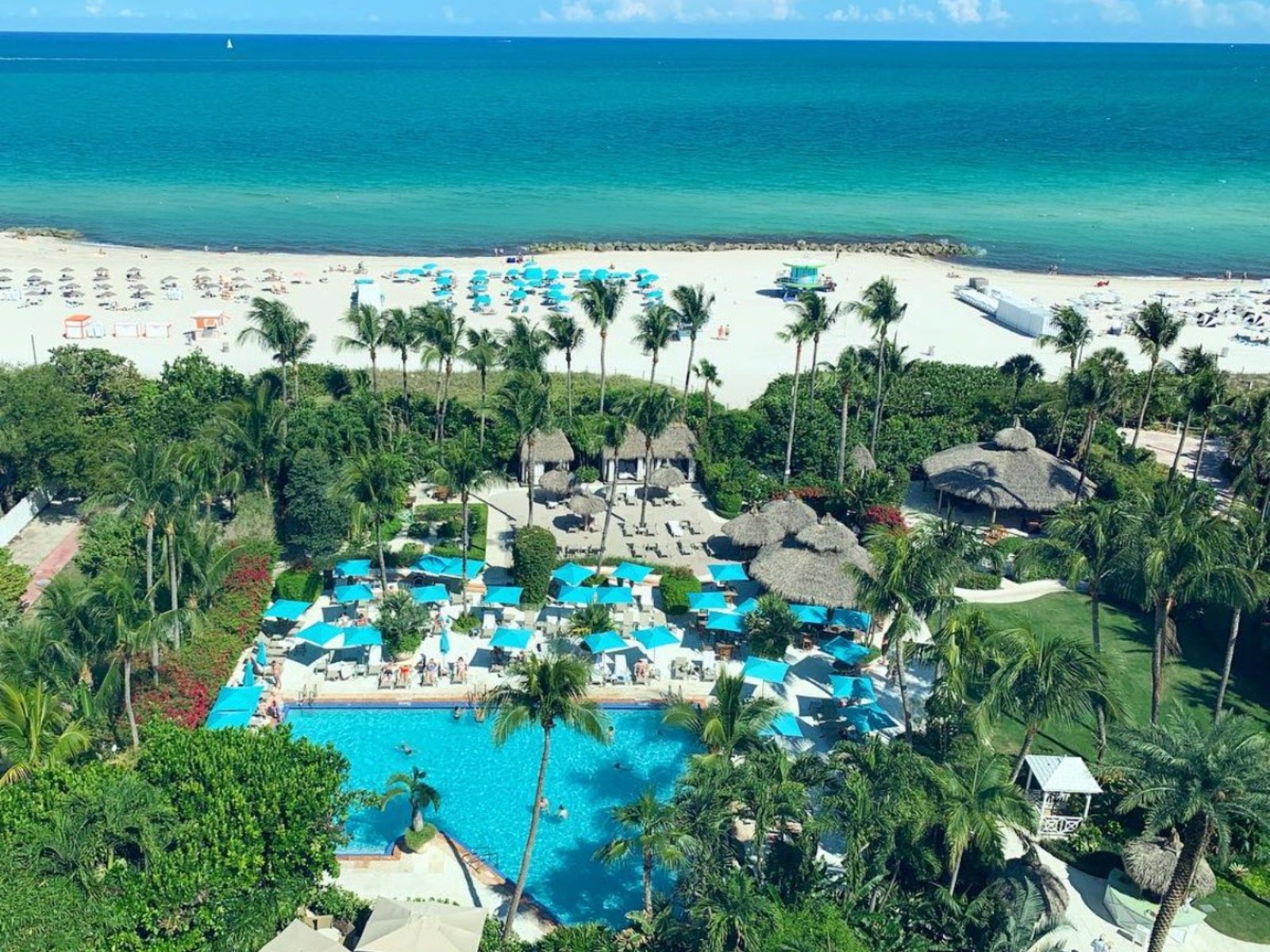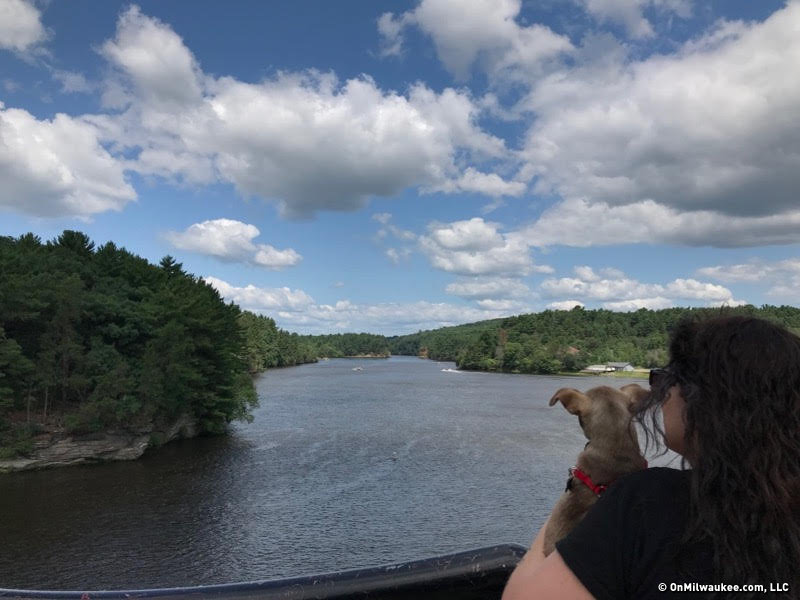11 years ago, I took a three-and-a-half year break from full-time freelancing and got a job at Marquette University, where I helped to produce many marketing pieces for the school.
I don’t remember anymore why I was searching for information about Jesuit priest and 17th century explorer Jacques Marquette, the university’s namesake, but I do remember sitting in my office reading Wikipedia for background information when I made a really cool discovery: Père Marquette and I were both born in Laon, a city in the north of France.
I left my office feeling happy and excited – it wasn’t often that Laon came up in my every day life, let alone this – and went down the hall to share my discovery. My boss wasn’t all that interested, but Steve, Joan and Nikki were; their appreciation for oddball details is probably one reason we remain such good friends to this day.
A year after I started the job at Marquette, I applied to graduate school and was accepted as a non-degree student in the English program. My boss may not have been wowed about Father Marquette, but she did let me take time off during the day to attend classes. I switched to degree status, accepted a research assistantship, left the job – my last day was the day after my husband and I went to see Todd Rundgren at The Pabst Theater – and finished my last year of grad school full time.
Full-time graduate school permits you to pretty much think only about grad school. Père Marquette and Laon faded from memory.
Last fall, my father, who had been stationed at the Laon-Couvron Air Force Base serving NATO when I was born, asked, "Have you ever been back to France since you were born there?"
I told him it was on my list but, no, I hadn’t been there yet.
"I’d like to take you," he said.
In June this year, my father and I went to France together. We rented a tiny Citröen at the Charles de Gaulle Aéroport in Paris and drove up to Laon, about 130 kilometers northeast.
I could hardly believe I was there. Heretofore, Laon had only existed in my mind through some black-and-white photos and stories my father had shared with me over the years and through page 360 of my old art history book from college, which features the Cathédrale Notre-Dame de Laon, billed by the editors as a consummate example of Early Gothic architecture. I was not prepared for how medieval Laon is. How vibrant and populated, sophisticated and beautiful. I had pictured my birthplace as a tiny village, but I was actually born in one of the biggest cities in the Picardy region of France and the capital city of the Aisne Department (what we might call a county here in the States).
I was in love. My father had been back to France four times since leaving in the 1950s and had a lot of friends, with whom I met and had late-night dinners and champagne. We did a lot of walking; I took a lot of pictures. The food was wonderful; so was the wine. We spent two and a half weeks there all together. In addition to Laon, we stayed in Saint-Quentin, Épernay, Coucy-le-Château-Auffrique, Vivaise and Paris, and took side trips to Reims, Neuville-Saint-Amand, Hautvillers and Crépy.
While in Vivaise, we drove to Couvron to see the old U.S. Air Force base where my father was stationed and where I was born. It’s no longer a base, but it’s all locked up nonetheless, with a guard at the front gate. We weren’t able to get clearance to enter. But just being in that spot, that glorious spot, I felt as if I were home. I don’t know why it’s important to see where you were born. It just is. It was the trip of my lifetime.
At one of those late-night dinners in Laon, my father’s friend – and now my friend – Bernard said, "I notice on Facebook that you went to Marquette. Did you know that the school’s namesake was born here?"
And it all came back in a flash, that day in my office when I’d made that wonderful little discovery that set my heart on fire.
"Yes," I said. "I know."
"There’s a plaque somewhere," Bernard said. "I think it’s on the same side of town you’re staying."
Back at the Hôtel de la Bannière de France, a gorgeous 330-year-old hotel on the north side of Laon, my father did some research on his iPod Touch, and the next day we set out to find the plaque, or stèle.
"I think it’s this way," he said.
We stopped at the curb and waited for traffic to pass to cross Rue Franklin Roosevelt. After the last car flew by, I looked up and saw a sign: "Square Marquette."
It was a park dedicated to Father Jacques Marquette, bordered on one side by the ancient rampart built around the city, in an open area with plants and flowers and a view of the Picardy plains that lay below and beyond Laon, which sits 100 meters up on a plateau.
The view of the countryside from this spot is spectacular, spreading out from below the city in green, blue and off-white squares, the colors of North Carolina’s Outer Banks. A plaque was affixed to the wall of the stone building that flanked it on one side.
Next to that was a bas-relief of Père Marquette himself, mounted flat against the same building. I didn’t know this until I started writing this essay, but the bas-relief comes from a monument to the Jesuit priest first erected in 1937 that had fallen prey to vandals. To save it, the city dismantled the monument and built this park.
My father and I leaned over the stone rampart and gazed out at the scenery. We had no idea all this was right behind where we’d been staying the past four days.
We took the long way back to the hotel because Dad said he thought there was a street named Marquette too. And there it was: a portion of Rue Franklin Roosevelt and Rue Mechain dedicated to Jacques Marquette and Louis Jolliet, who explored the Mississippi with Marquette, commemorated by plaques.
Some of our French friends had mentioned in passing that the house where Marquette was born still stands in Laon. When I told Bernard I was writing this essay, he went into the city and took pictures of it: 52 Rue Chåtelaine, believed to be where Jacques Marquette came into the world. Today it houses L’Association Marquette Jolliet, which promotes relations between France and North America through the two explorers.
I never thought that this year would be the year I’d finally make it back to France for the first time since being born there. I never would have believed that the namesake of a very important place in my life and I were both born in another very important place in my life. These things live in me in ways I never thought they would. Ah, the serendipity of life.







